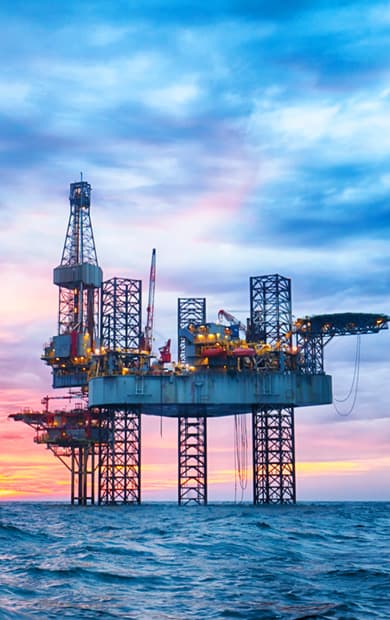Overview
The Argus Brent Sour® (ABS) crude oil price index is designed to be a reference in the market for sour (high-sulphur) crude in Europe. It was launched in the daily Argus Crude report in August 2022 at the request of market participants who were looking for a price signal following the disappearance of Russian Urals crude from most of Europe in the first half of that year. The ABS price assessment is based on a basket of North Sea crudes, with the lowest-priced grade setting the index each day.
Russia’s main export grade medium sour Urals quickly became unwelcome in the European spot market after the start of the conflict between Russia and Ukraine in late February 2022. Urals prices crashed to all-time lows of more than $40/bl below the North Sea Dated benchmark before open trade dried up entirely. Price indications for Urals that began to emerge in late July that year were volatile, still heavily discounted, and linked to Asian economics rather than European.
The Urals situation removed a mainstay of Europe’s crude supply and also a key source of price discovery. Urals had been used as a price benchmark for medium sour crude for decades. It was a crucial index for refiners seeking to understand the price spread between medium sour and light sweet grades, and for exporters of sour crude to Europe from the Middle East and elsewhere, which looked to Urals as their principal competition and guide for pricing.
Urals’ disappearance from the open market led to calls for a substitute index. While there is no other crude that is of exactly the same quality or volume, or as widely refined as Urals was, there are several North Sea sour alternatives, and the ABS price is based on a basket of these grades. The resulting index will be a vital reference for the market and is likely to evolve as the transparency of trade in Urals substitutes increases.
The Argus Brent Sour® price assessment is available in the Argus Crude service.
Price assessment details
What is the Argus Brent Sour® (ABS) price index?
The ABS price index provides a price marker for sour (high-sulphur) crude in Europe. It is similar in methodology to the regional light sweet crude benchmark North Sea Dated (Dated Brent), but includes a sourer basket of grades. It performs the pricing role traditionally played by Russian Urals.
Grades included
North Sea crudes Johan Sverdrup, Grane, Flotta Gold, Brent and Forties are included in the ABS assessment. All are assessed versus North Sea Dated on a fob North Sea terminal basis.
North Sea Dated includes Brent, Forties, Oseberg, Ekofisk and Troll, alongside the non-North Sea grade US WTI. So the ABS index has Brent and Forties in common with North Sea Dated. This is partly to provide a ceiling to prices if the sour market converges with the sweet, and also to bring in the existing liquidity of the Brent and Forties markets. Grades are included as they are assessed, with no quality adjustments applied.
Typical quality indicators for comparison - Urals vs the grades included in the ABS index
|
|
Typical density °API |
Typical sulphur % |
|
Urals NWE |
29.99 |
1.62 |
|
Johan Sverdrup |
28.00 |
0.80 |
|
Grane |
27.50 |
0.64 |
|
Brent |
37.90 |
0.45 |
|
Forties |
40.30 |
0.56 |
|
Flotta Gold |
36.90 |
0.82 |
Likely users of the index
Any producer or trader that is selling medium or heavy sour crude in Europe, and any refiner that is seeking to buy those kinds of crudes. Mideast Gulf national oil companies that were accustomed to using Urals prices as a measure of competitive value in Europe when calculating official formula prices can use the ABS price index as a substitute. Other users are sellers of sour crude from Latin America, the US Gulf coast, Canada and Africa, which are having to direct more supplies to Europe following the influx of Russian crude to the Asian markets.


